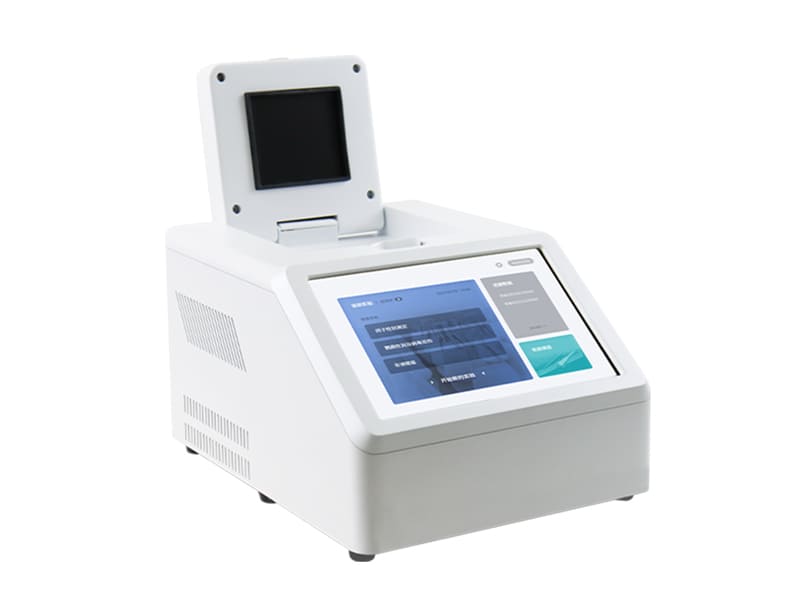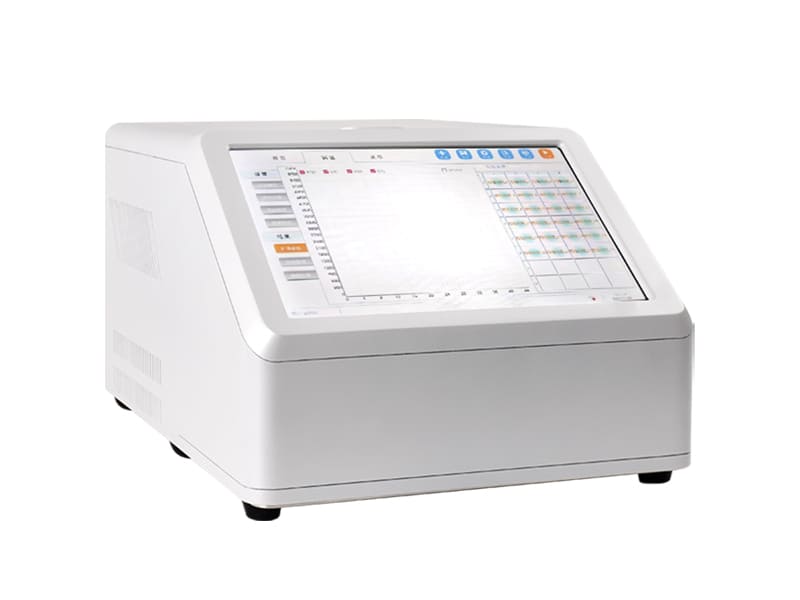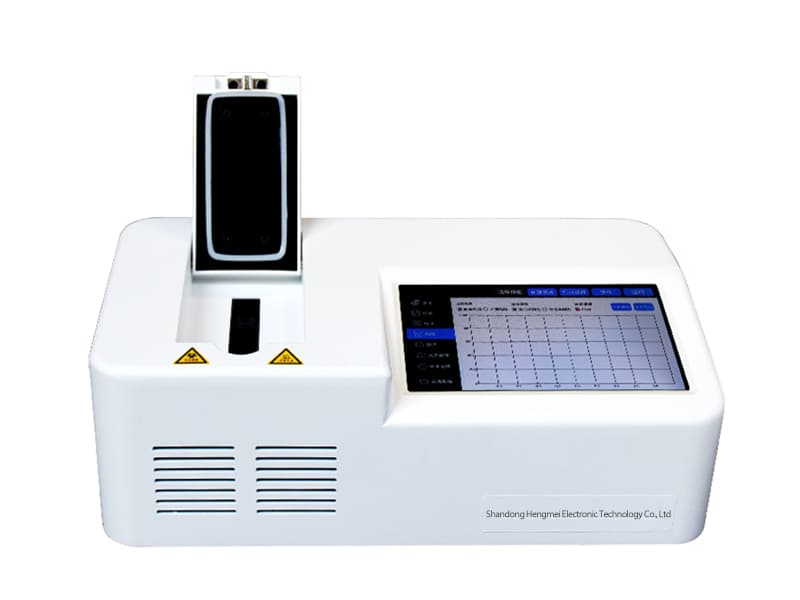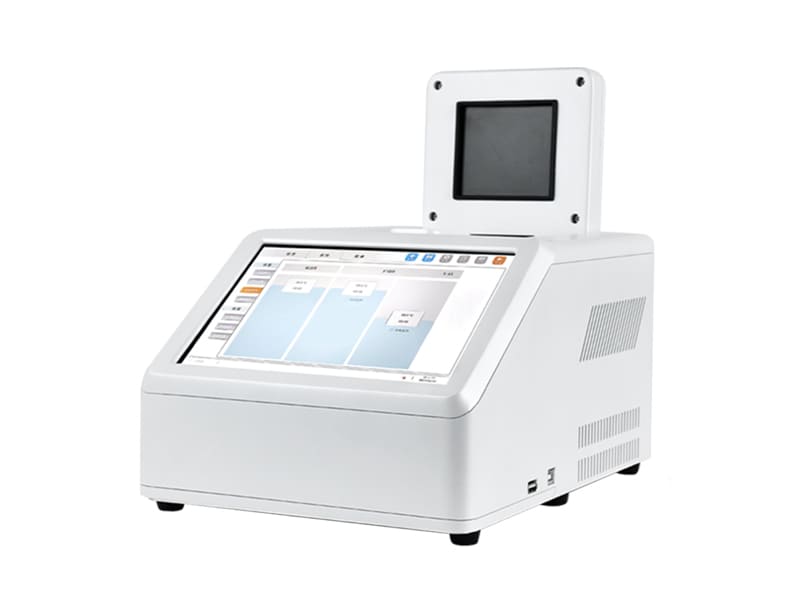
Overview:
There are various reasons for detecting the gender of parrots, including social and preventive measures, breeding plans, behavior and training, avoiding reproductive discomfort, healthcare, and social balance. These are mainly aimed at better managing and caring for these pet birds.
In summary, gender testing of parrots helps breeders better meet the needs of these pets, providing appropriate environments and care. Whether for reproductive, social, or health reasons, it is important to ensure that the correct gender of a parrot is known for its comfort and the satisfaction of its owner.
DNA testing:
This is the most commonly used parrot sex detection method, which is based on analyzing the parrot's DNA to determine its gender. This method has very high accuracy and is suitable for parrots of all ages. DNA samples are usually extracted from parrot feathers or toenails and then subjected to genetic analysis. By detecting sex chromosomes or specific genetic markers, it is possible to determine whether a parrot is male or female.
Testing variety:
Tiger skin parrot, Xuan Feng parrot, Peony parrot, etc
Basic structure of the instrument:
The parrot/pigeon sex detector is an instrument for real-time detection of reactions, mainly composed of gene amplification thermal cycle system, fluorescence real-time detection system, microcircuit control system, computer and application software. Two core functional modules are the thermal cycling system and the fluorescence real-time detection system. The working principle of the gene amplification thermal cycle system is basically the same as that of traditional gene amplification instruments, using semiconductor heating and cooling to complete the thermal cycle process. The fluorescence detection system mainly consists of fluorescence excitation components, light signal transmission components, fluorescence detection components, and control systems.
Equipment parameters:
External dimensions: 235mm * 385mm * 175mm (width * depth * height)
Weight: 5.6kg
Electrical parameters:~220V/50Hz, 255W
Data interface: USB 2.0 * 2 (two on the right)
Environmental parameters:
Operating conditions: Temperature: 10-30 ℃, Humidity: 20%~80%
Transportation and storage conditions: temperature: -20~55 ℃, humidity: 20%~80%
Altitude:<2500 meters
Noise level: A-weighted,<60dB
Sample parameters:
Sample size: 16 * 0.2mL
Test tube type: single tube, eight row, 16 well test tube
Sample volume: 15-100uL
Temperature characteristics:
Heating/cooling method: semiconductor heating/cooling
Temperature range: 4 ℃ -99 ℃
Maximum heating rate: ≥ 3.5 ℃/s
Average heating rate: ≥ 2.5 ℃/s
Maximum cooling rate: ≥ 3.5 ℃/s
Average cooling rate: ≥ 2.5 ℃/s
Temperature control accuracy: ≤ ± 0.01 ℃
Temperature accuracy: ≤ ± 0.1 ℃
Temperature uniformity: ≤ ± 0.3 ℃
Optical properties:
Fluorescence detection channels: 2 channels
Light emitting device: High brightness LED
Daylighting device: high sensitivity, high signal-to-noise ratio photodiode
Adapting probes or dyes:
First channel: 470/520 FAM, SYBR Green
Second channel: 530/570 HEX, JOE, VIC
Detection sensitivity: 1 copy
Linear detection range: 100-1010 copies
Linear correlation coefficient: ≥ 0.999
Channel crosstalk: No crosstalk
Detection repeatability: ≤ 1.0%



 Current
Location:
Current
Location: +86 17853698681
+86 17853698681 WhatsApp
WhatsApp Product Details
Product Details Related Products
Related Products









